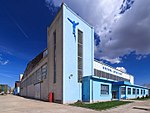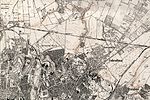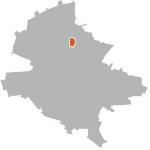Floreasca City Center
Buildings and structures completed in 2013Office buildings completed in 2013Skyscraper office buildings in Bucharest

Floreasca City Center is a multi-functional center with a shopping and entertainment complex as well as two office buildings in Bucharest. Floreasca City Center consists of a center for shopping, entertainment and business. The gross area amounts to approx. 214,000 m2 (2,300,000 sq ft) with rentable area of approximately 120,000 m2 (1,300,000 sq ft) and more than 2,000 parking places. It is the tallest building in Romania, with shopping-mall, entertainment, retail and offices. Located in Floreasca, an urban district and residential area in the northeast of Bucharest, SkyTower is close to another Raiffeisen evolution project, the Oracle Tower.
Excerpt from the Wikipedia article Floreasca City Center (License: CC BY-SA 3.0, Authors, Images).Floreasca City Center
Calea Floreasca, Bucharest Floreasca (Sector 1)
Geographical coordinates (GPS) Address Website Nearby Places Show on map
Geographical coordinates (GPS)
| Latitude | Longitude |
|---|---|
| N 44.478333333333 ° | E 26.103888888889 ° |
Address
Promenada Mall
Calea Floreasca 246B
014476 Bucharest, Floreasca (Sector 1)
Romania
Open on Google Maps






